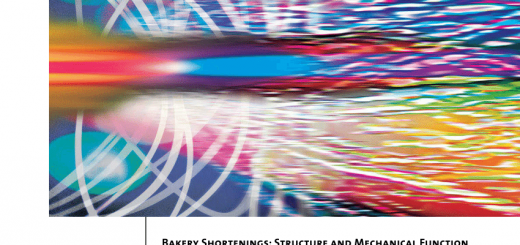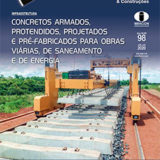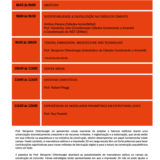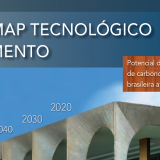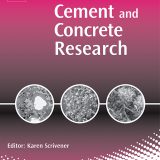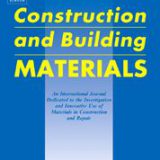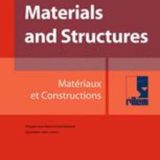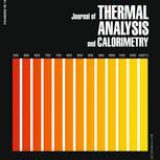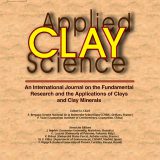Autores: Carbone, Carlos E.; Romano, Roberto Cesar de O.; Cincotto, Maria A.; Pileggi, Rafael G.
Revista: Applied Rheology (doi)
Disponível online: 08 de Janeiro de 2018
Abstract
White Portland cement can be used such as decorative coatings, masonry regularization as the skin coat, and many other applications mainly due to the ease of association with pigments to confer coloring to the applied products for aesthetic purposes. Despite of the evaluation of the hardened stage properties to be more commonly found in literature, just a few published works monitored the transition from fluid-to-solid stage, but this is an important step because it defines the performance of products over time. The main purpose of this work was to compare the consolidation of different types of white Portland cement during the hardening stage, i.e. using a combined evaluation of the chemical and physical phenomena. Isothermal conduction calorimetry was the method used to monitor the heat release during the hydration reaction and oscillatory and compressive rheometry were applied to monitor the changes in workability over time. The setting time, measured by Vicat test represents the open time of each composition and was evaluated because it is affected by the physicochemical changes of the cement. Despite the obtained results are standardized, they are empirical/arbitrary by nature. Three brands of white Portland cements (Cauê, Aalborg, and Tolteca) were chosen and their suspensions were prepared to achieve a constant watercement ratio of 0.5. All suspensions presented shear thinning behavior, but different levels of yield stress and apparent viscosity. The Tolteca cement presented the fastest heat release, which impacted the gain on consistency as measured by oscillatory rheometry or the loss of workability as measured by the squeeze flow test. The combined evaluations, i.e. physical and chemical results indicated that despite the fact that the changes during the hardening process had been affected: Correlations were only observed in the physical parameters indicating that the hydration reaction promotes random changes in the microstructure development.

